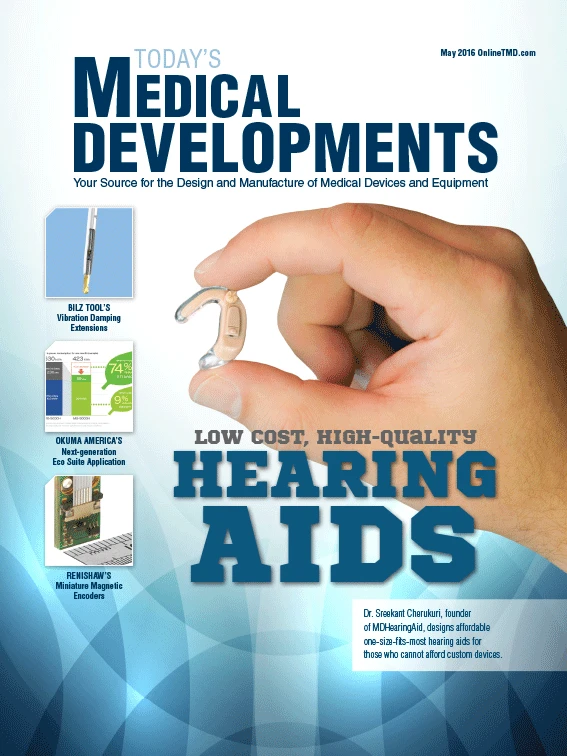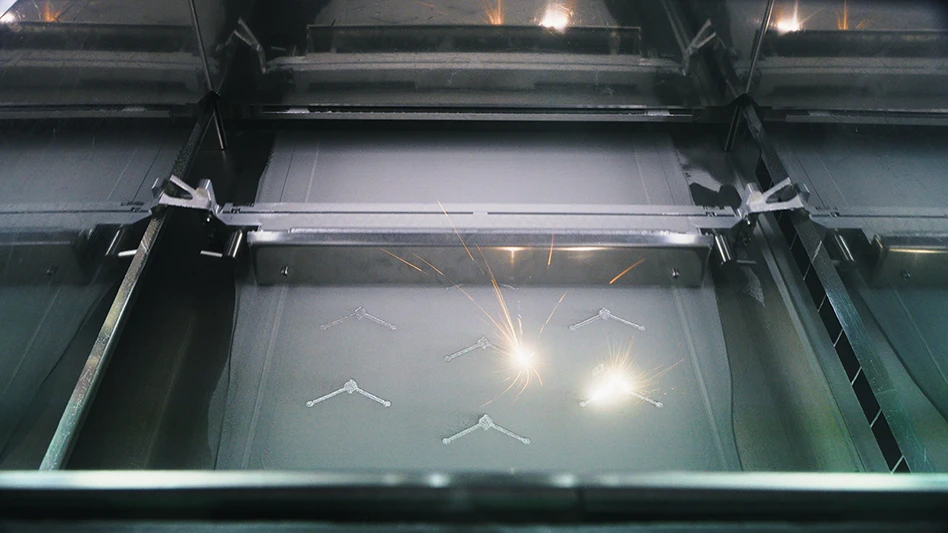
Using an artificial fingertip surgically connected to nerves in the arm, an amputee is able to feel rough or smooth textures in real-time with his phantom hand. The non-surgical technology can also be stimulated to feel roughness so researchers can develop and test prosthetic touch systems for amputees on intact individuals.
Silvestro Micera and his team at Ecole polytechnique fédérale de Lausanne (EPFL) and Scuola Superiore Sant’Anna (SSSA) developed this technology with Calogero Oddo and his team at SSSA. The results provide accelerated avenues for developing bionic prostheses, enhanced with sensory feedback.
“The simulation felt almost like what I would feel in my hand,” says amputee Dennis Aabo Sørensen. “I still feel my missing hand, it is always clenched in a fist. I felt the texture sensations at the tip of the index finger of my phantom hand.”
Nerves in Sørensen’s arm were wired to an artificial fingertip equipped with sensors, and a machine controlled the movement of the fingertip across different pieces of plastic engraved with different patterns – smooth or rough. As the fingertip moved across the textured plastic, the sensors generated an electrical signal, translated that signal into a series of electrical spikes that imitated the language of the nervous system, and delivered the data to the nerves. Sørensen could distinguish between rough and smooth surfaces 96% of the time, and in a previous study where the implants were connected to a sensory-enhanced prosthetic hand, he could also recognize shape and softness.
Scientists performed the same experiment on non-amputees, then compared brain-wave activity of the non-amputees, once with the artificial fingertip and once with their own finger. The brain scans collected by an electroencephalogram (EEG) cap on the subject’s head revealed that activated regions in the brain were analogous.
The research demonstrates that the needles relay the information about texture in much the same way as the implanted electrodes, giving scientists new protocols to accelerate touch resolution in prosthetics.
“This study merges fundamental sciences and applied engineering: it provides additional evidence that research in neuroprosthetics can contribute to the neuroscience debate, specifically about the neuronal mechanisms of the human sense of touch,” says Oddo of the BioRobotics Institute of SSSA. “It will also be translated to other applications such as artificial touch in robotics for surgery, rescue, and manufacturing.”
EPFL
SSSA

Explore the May 2016 Issue
Check out more from this issue and find your next story to read.
Latest from Today's Medical Developments
- HERMES AWARD 2025 – Jury nominates three tech innovations
- Vision Engineering’s EVO Cam HALO
- How to Reduce First Article Inspection Creation Time by 70% to 90% with DISCUS Software
- FANUC America launches new robot tutorial website for all
- Murata Machinery USA’s MT1065EX twin-spindle, CNC turning center
- #40 - Lunch & Learn with Fagor Automation
- Kistler offers service for piezoelectric force sensors and measuring chains
- Creaform’s Pro version of Scan-to-CAD Application Module





